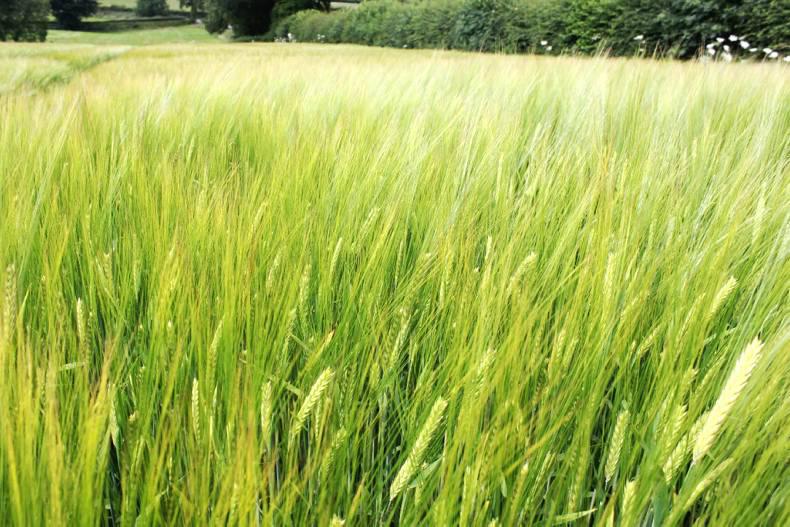Preliminary results released by DAERA of the June agricultural census show that livestock numbers in NI have remained relatively stable in 2017 when compared to recent years.
Total dairy cow numbers are down slightly on the record high recorded in 2016, but at 315,800 cows, it is still the second highest total ever recorded in NI since the data was first compiled in 1960.
Beef cow numbers are also down slightly at 267,100, but it is a total that is ahead of the figure from 2014 and 2015. The number of suckler cows in NI has remained relatively stable since the new system of direct payments based on eligible land was introduced in 2005. Before that, when headage-based payments were in operation, numbers consistently pushed above 300,000, peaking at 344,000 in 1998.
That same year, ewe numbers peaked at 1.45m head, but by 2006 this had fallen below the 1m mark, dropping to only 875,000 in 2010.
Since then, there has been somewhat of a revival in ewe numbers, with the latest figure recorded in June 2017 of 972,000, the highest since 2006.
The pig population is also on the increase, with sow numbers up 3% in 2017 to 41,400, and total pig numbers at 646,000, the highest since 1998.
That growth is more than matched in the poultry sector, with broilers up 9% as Moy Park continues to expand locally, and laying bird numbers up 10% to 3.9m as more producers continue to enter the egg sector.
Cereals down
Despite livestock numbers being stable, and showing growth in some sectors, the area given over to cereal crops continues to trend downwards on the back of a sustained period of low prices.
The cereal area recorded in 2017 of 32,600 hectares is the lowest ever recorded, with data going back as far as 1847.
By contrast, the area planted out in potatoes in 2017 is actually up 9% to 4,100 hectares, the highest recorded since 2014.
The area of forage maize is also up, increasing by 12% to 1,400ha.






 This is a subscriber-only article
This is a subscriber-only article











SHARING OPTIONS: